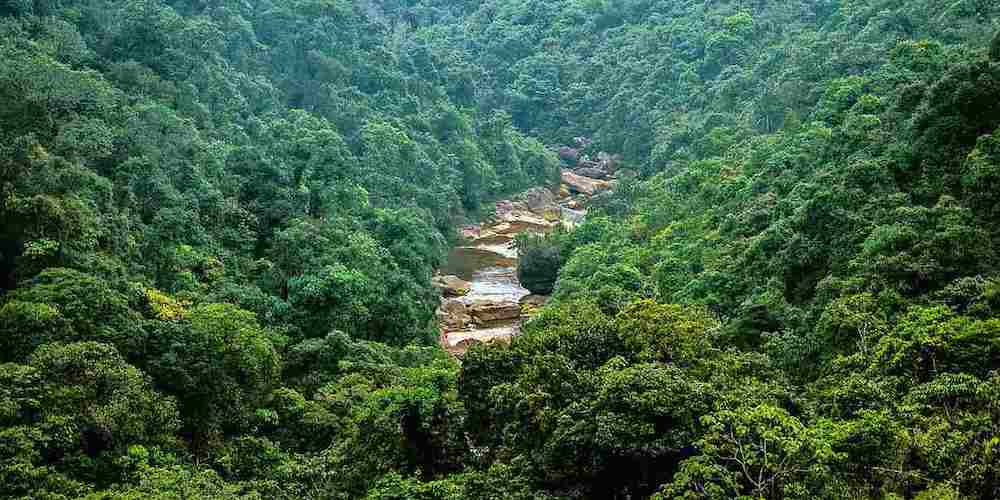Towards a Green India

India highlights Forest Conservation and Sustainable Forest Management initiatives at the 19th Session of the United Nations Forum on Forests
India participated in the 19th Session of the United Nations Forum on Forests (UNFF), held at the UN Headquarters in New York from May 6th to 10th May 2024. During the session, India highlighted the Country’s significant advancements in forest conservation and sustainable forest management which led to consistent increase in forest cover over the past fifteen years. Globally, India ranks third in the net gain, in average annual forest area, between 2010 and 2020.
India shared the high priority the Country provides towards biodiversity and wildlife conservation, having expanded the network of protected areas to over a thousand wildlife sanctuaries, national parks, tiger reserves, biosphere reserves, and other wildlife habitats.
Latest available data shows that the total forest and tree cover in India is 80.9 million hectares, which is 24.62 per cent of the geographical area of the country. Some people have, however, raised questions about the definition of “forest” and downplayed the role of plantations in maintaining ecological balance. So, it is important to clear the air on the issue.
However, India’s definition of forest cover is in sync with that of the Kyoto Protocol. A “forest” has a minimum area of 0.05 to 1 ha (India has 1.0 ha minimum), with the tree crown cover percentage being more than 10 to 30 per cent (India has 10 per cent) and with trees having the potential to reach a minimum height of 2 to 5 m at maturity in situ (in India, it’s 2 m). The definition thus arrived at by India assesses forests as “all lands, more than 1 hectare in area, with a tree canopy density of more than 10 per cent irrespective of ownership and legal status. Such lands may not necessarily be a recorded forest area. It also includes orchards, bamboo, palm etc.”

Admittedly, the goal of 33 per cent area under forest and tree cover as per the National Forest Policy, 1988, remains to be achieved. In the present scenario, the possibility of a sizable increase in forest cover is limited due to the inelasticity of forest land. However, the balance of 9 per cent can be achieved through taking up plantation / afforestation outside the forests and restocking/plantation in degraded and scrub forests. Trees outside forest (TOF) is one major area where India’s hope rests.
India’s afforestation efforts are also aligned with the country’s wildlife conservation efforts. The recent celebrations marking 50 years of Project Tiger and 30 years of Project Elephant underscore India’s commitment to species conservation and habitat protection. India also highlighted the creation of the International Big Cat Alliance, another important step aimed to protect and conserve the seven big cat species around the world through collaborative international efforts.
India also shared the introduction of the ‘Green Credit Program’, designed to incentivize entities to take up tree plantation and restoration of degraded forest lands, which aims to further strengthen climate action initiatives.
Previously, in October 2023, India hosted the Country Led Initiative under UNFF at Dehradun, attended by representatives from 40 countries and 20 international organizations and held discussions on forest fire management and forest certification. The recommendations from this initiative were presented by India during UNFF 19.
The Ministry also hosted a side event on ‘Principles and Strategies for Landscape Integrated Fire Management through Collaborative Governance’ in partnership with the Agency for Integrated Rural Fire Management, Portugal, the Korea Forest Service, and the International Tropical Timber Organization (ITTO) at the UNFF 19 at New York.
The UNFF 19 culminated in a declaration to take urgent and accelerated actions to halt deforestation and forest degradation and to prevent land degradation, including the implementation of the United Nations Strategic Plan for Forests and the achievement of the Global Forest Goals.
The Indian delegation was led by Shri Jitendra Kumar, Director General of Forests and Special Secretary, Ministry of Environment, Forest and Climate Change, Government of India.


